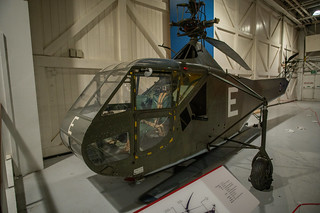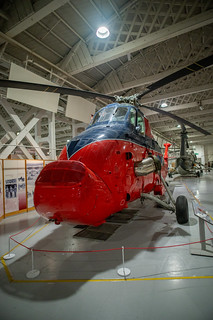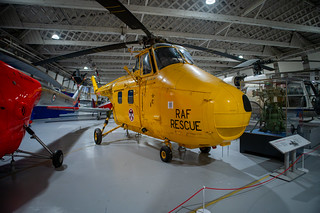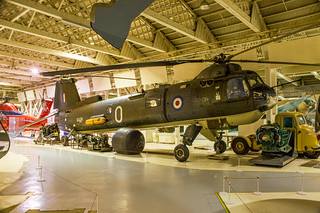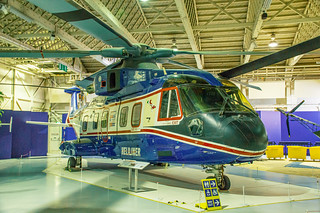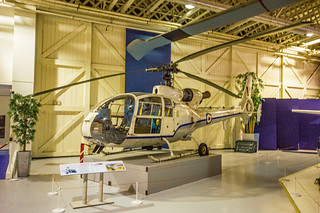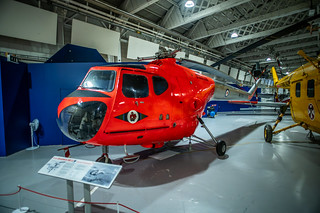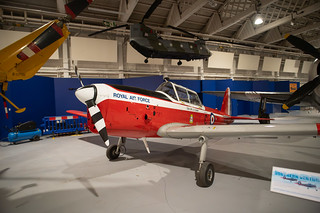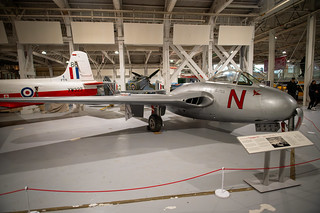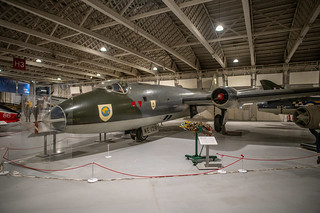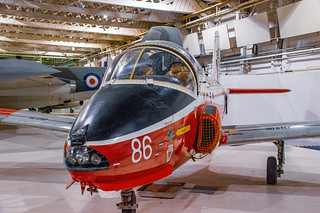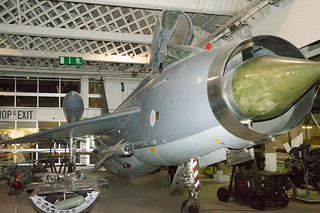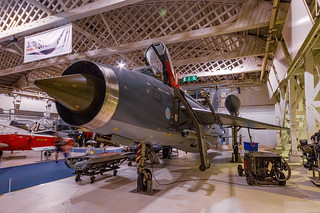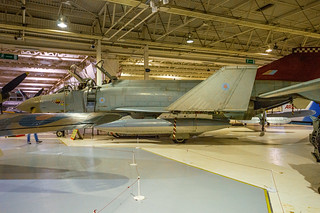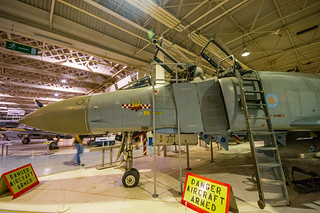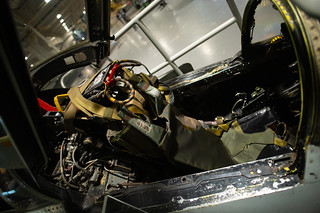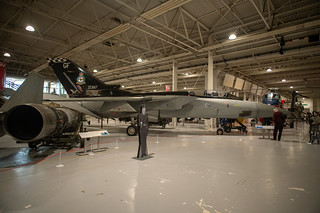Sikorsky R-4
The Sikorsky R-4 is a two-seat helicopter that was designed by Igor Sikorsky with a single, three-bladed main rotor and powered by a radial engine. The R-4 was the world's first large-scale mass-produced helicopter and the first helicopter used by the United States Army Air Forces,[1] the United States Navy, the United States Coast Guard and the United Kingdom's Royal Air Force and Royal Navy. In U.S. Navy and U.S. Coast Guard service, the helicopter was known as the Sikorsky HNS-1. In British service it was known as the Hoverfly.
The VS-316 was developed from the famous experimental VS-300 helicopter, invented by Igor Sikorsky and publicly demonstrated in 1940. The VS-316 was designated the XR-4, under the United States Army Air Forces' series for "Rotorcraft". The XR-4 first flew on 14 January 1942 and was accepted by the Army on 30 May 1942.[4] The XR-4 exceeded all the previous helicopter endurance altitude and airspeed records that had been set before it. The XR-4 completed a 761 mi (1,225 km) cross-country flight from Bridgeport, Connecticut, to Wright Field, Ohio, set a helicopter peak altitude record of 12,000 ft (3,700 m), while achieving 100 flight hours without a major incident and top airspeed approaching 90 mph (78 kn; 145 km/h)[
The British Admiralty, having learned of the VS-300, made a ship available, Empire Mersey, fitted with an 80 ft × 40 ft (24 m × 12 m) landing platform, intended to show the USN their work with ship-borne autogyros. After her loss in 1942 to a U-boat, she was replaced by SS Daghestan. The first deck-landing trials aboard Daghestan were carried out in 1944. The British received two of the first eight helicopters built.
en.wikipedia.org
